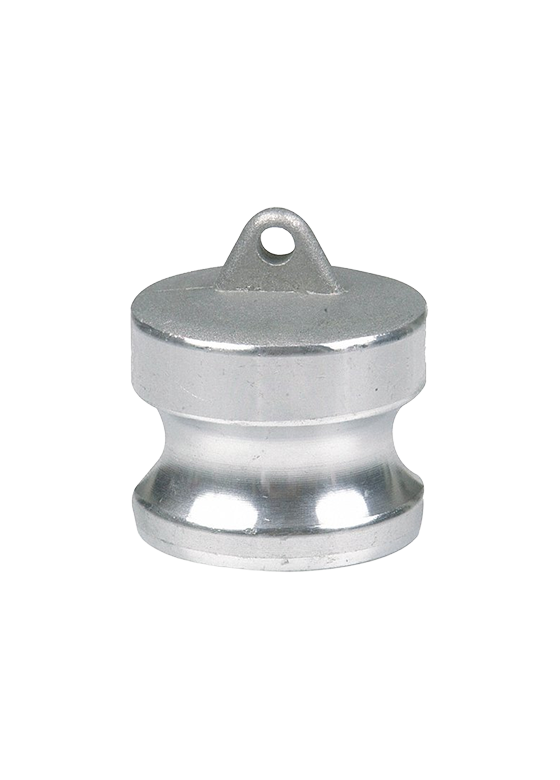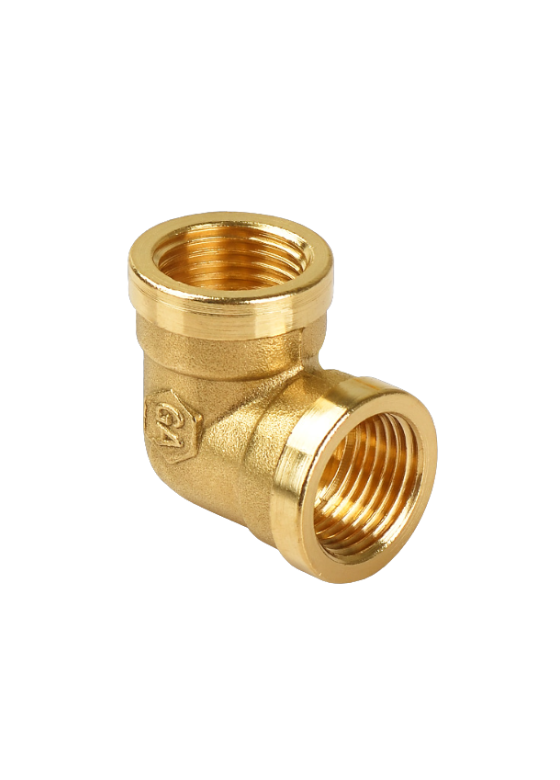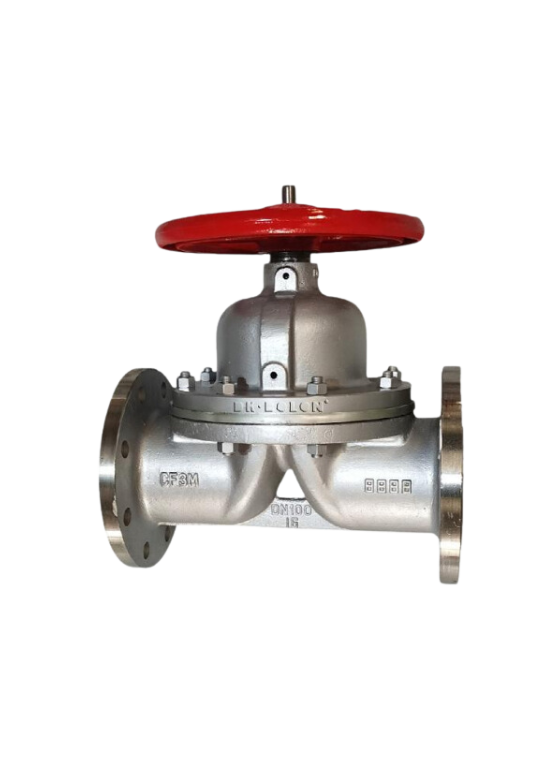
Acero inoxidable
Material
1/2"-12"
Talla
BS21/ANSI/ASME/DIN
Hilo
Válvulas y filtros
válvula de diafragma
Diaphragm valves can seal the valve seat to control the flow of fluids, blocking, regulating or isolating the flow of fluids.
- Precise Control
- Easy to Operate
- Fácil mantenimiento
- OEM personalizado
- Logística rápida y segura
válvula de diafragma
The diaphragm valve adjusts the position of the flexible diaphragm to achieve the purpose of regulating the fluid flow. When the diaphragm fits firmly against the valve seat, a sealed state is formed, the valve is closed, and the fluid stops flowing. This structural design can effectively prevent the transmitted medium from contacting the internal parts of the valve to avoid any possible chemical reaction or unnecessary pollution.

Características
Resistencia a la corrosión
Diaphragm valves have good corrosion resistance and can be used in corrosive environments.
Rendimiento de sellado
The sealing performance of the diaphragm valve is very good and can effectively prevent leakage.
Good Adaptability
Diaphragm valves can adapt to environments with high requirements for cleanliness and hygiene.
Simple Structure
The structure of the diaphragm valve is very simple, and it is very easy to operate and install.

Aplicaciones


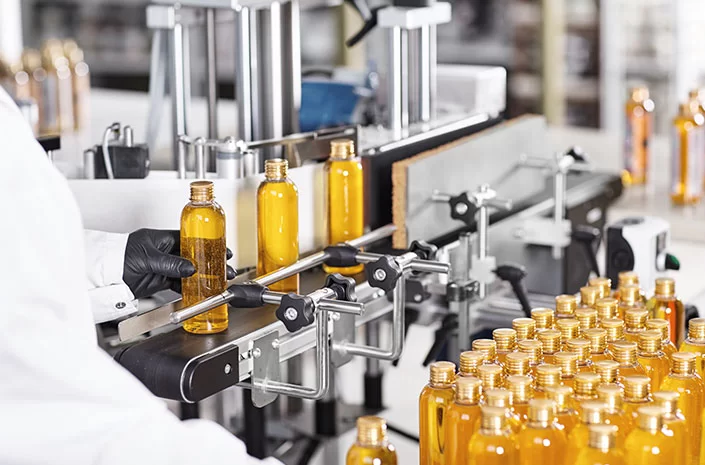

Los acoplamientos Camlock son indispensables en la industria petrolera y de combustibles, ya que proporcionan conexiones fiables y herméticas para la transferencia de productos petrolíferos. Su rápida conexión y desconexión mejora la seguridad y la eficiencia durante los procesos de carga y descarga.
En la agricultura, los acoplamientos de leva son esenciales para los sistemas de riego, la pulverización de productos químicos y la transferencia de fertilizantes. Permiten conexiones de mangueras rápidas y seguras, lo que permite a los agricultores cambiar de equipo con rapidez y mejorar la eficiencia operativa.
Los acoplamientos Camlock fabricados con materiales de grado alimenticio son vitales en la industria de alimentos y bebidas. Garantizan la transferencia higiénica de líquidos consumibles como jugos, productos lácteos y jarabes, cumpliendo estrictas normas sanitarias para prevenir la contaminación.
En la industria del gas, los acoplamientos Camlock proporcionan conexiones seguras y eficientes para la transferencia de gases como GLP y gas natural. Su robusta construcción garantiza un sellado seguro, minimizando el riesgo de fugas y mejorando la seguridad en las aplicaciones de manipulación de gas.
Especificaciones
Especificaciones del producto
| Código de producto | LT-87A |
| Tecnología | Precision Casting/Injection Molding Technology/High-Precision Molding Process |
| Propiedad física | Strong Corrosion Resistance and Precise Flow Control |
| Material que podemos hacer | Stainless Steel/Plastic/Cast Iron |
| Hilo | BS21 (BSPT y BSPP), ANSI/ASME B1.20.1 (NPT), DIN2999 (R/RP), JIS B O203/2 (PT), KS BO221/2 (PT), etc. |
| Temperatura (estado estático) | -10℃ to 150℃(-14°F to 302°F) |
| Superficie | Polishing/Coating |
| Modelo | V-023 |
| Forma | Igual |
Logística y Certificaciones
| Certificado | ISO 9001:2015,IS014001:2015, CE, ROHS, KC, etc.. |
| Paquete | Bolsa de PVC para cada pieza. Cajas de cartón con palet/fuera de palet/cajas de madera |
| Puerto | Ningbo/Shanghai, China u otro puerto a pedido. |
| Muestra | Ofrecemos muestras gratuitas y flete recogido |
| Detalle de entrega | Según las cantidades y especificaciones de cada pedido. Un stock completo para brindar entregas rápidas para pedidos pequeños. Los tiempos de entrega normales son de 30 a 45 días después de recibir el depósito. |
| Aplicaciones genéricas | Petróleo y gas, química, alimentos y bebidas, riego agrícola |
Apoyo


Before installing the diaphragm valve, clean the pipes to ensure that there are no impurities that affect the subsequent installation process. According to the markings on the valve body, connect the diaphragm valve to the pipes on the system or equipment in the corresponding direction, usually with threaded connections. When tightening the threads, be careful not to apply too much force to avoid affecting the integrity of the threads and causing damage to the valve.
En SSABP, nos enorgullece ofrecer acoplamientos Camlock de alta calidad. Para garantizar un rendimiento óptimo y una larga vida útil de nuestros productos, ofrecemos un servicio integral de mantenimiento posventa. Nuestro equipo está listo para ayudarle con cualquier consulta técnica, brindarle consejos de mantenimiento o brindarle asesoramiento para la resolución de problemas. También suministramos piezas de repuesto y opciones de servicio para ayudar a mantener la durabilidad de sus productos Camlock. Su satisfacción es nuestro compromiso, y nuestro equipo de soporte está siempre disponible para garantizar el correcto funcionamiento de sus operaciones mucho después de su compra.
Preguntas frecuentes
Looking for answers about Diaphragm Valve? Visit our FAQ section for detailed information and expert insights.
Can diaphragm valves be used in high-pressure systems?
No. Diaphragm valves are generally used in medium and low-pressure systems and are not suitable for high-pressure systems.
How to perform daily maintenance on diaphragm valves?
Keep the diaphragm valve clean on a daily basis, clean the valve body regularly and replace the diaphragm, etc.
Can diaphragm valves be used in high-temperature environments?
Yes, diaphragm valves have good temperature resistance. When you use them in high-temperature environments, please remember to choose a high-temperature-resistant diaphragm.
Does the diaphragm need to be replaced regularly?
The diaphragm needs to be replaced regularly to avoid leakage or failure.
Why is my diaphragm valve leaking?
There may be a problem with the diaphragm. Please check whether the diaphragm is aged or installed incorrectly.
Productos relacionados
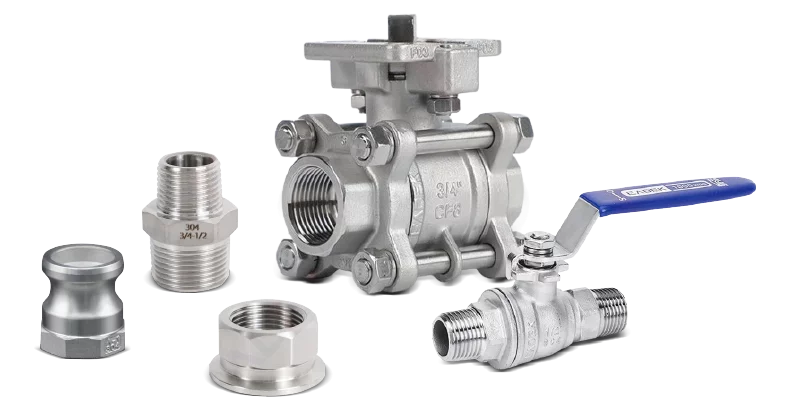
¡Obtenga su acoplamiento Camlock hoy!
PROCAMLOCK ofrece accesorios camlock duraderos y de alto rendimiento para un uso sencillo en industrias como procesamiento de alimentos, química y construcción.
